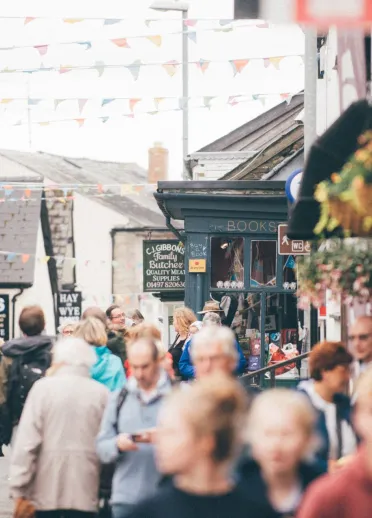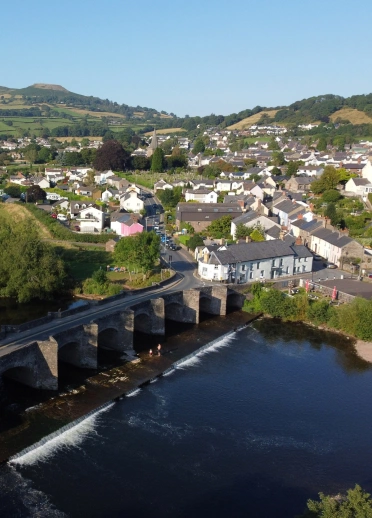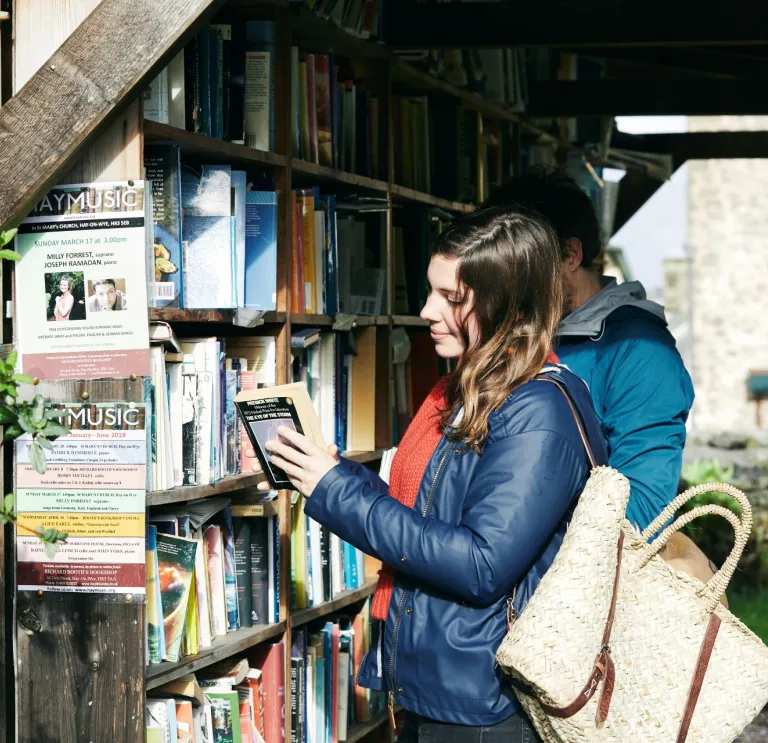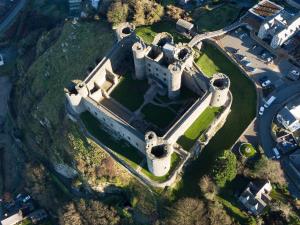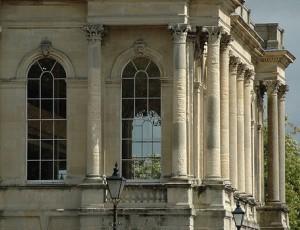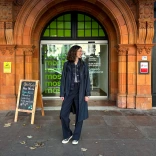North Wales: Stay in a library and Alice in Wonderland
Bookmark Northeast Wales for one of the country’s most immersive literary experiences. Gladstone’s Library was founded by former UK Prime Minister William Gladstone and houses his vast collection of books. Here, you too can discover what it is like to lodge in a library for the night!
The UK’s original residential library is a grand, Grade I-listed building, housing a staggering 150,000 books which guests get to sleep alongside. The main library, with its breathtaking, vaulted, beamed ceilings, mezzanine study areas and myriad book-stuffed nooks and crannies, is enough to make the Hogwarts Library look humble! The library is located in the chocolate-box village of Penarlâg (Hawarden), which features a scenic wood-dotted expanse of parkland containing a medieval castle and the country manor where Gladstone lived (and died).
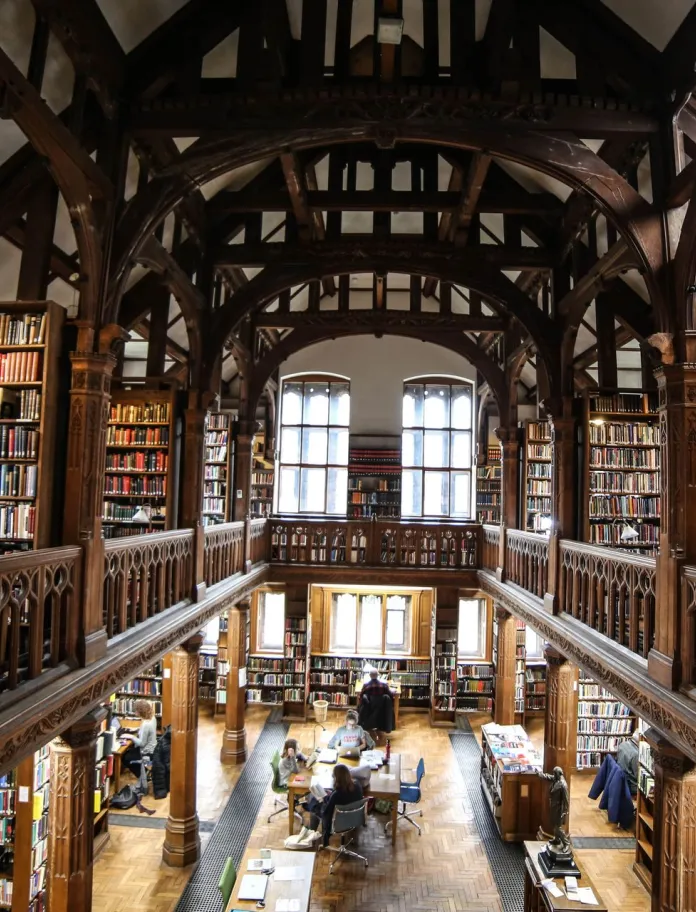
Llandudno is famous for being one of Wales’ loveliest Victorian seaside resorts, but it also has a special literary connection. It was while on holiday here that Charles Dodgson (aka Lewis Carroll) met Alice Liddell, speculated to be the ‘Alice’ of Carroll’s children’s classic Alice’s Adventures in Wonderland. Llandudno celebrates this with a fantastical Alice Trail, taking in 34 eccentric statues and sculptures based on the book’s bizarre characters.
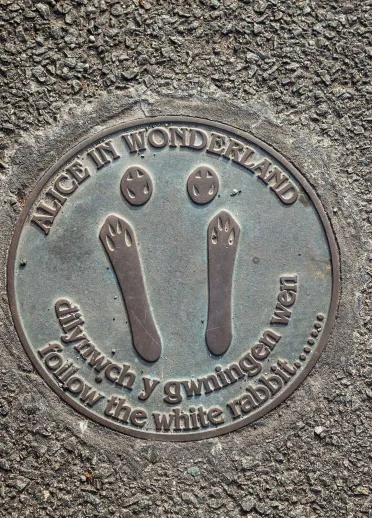
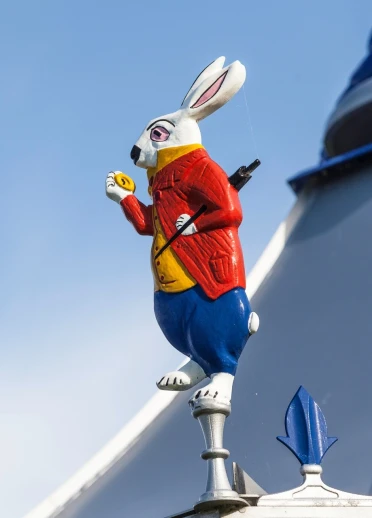
Eryri (Snowdonia) Coast and Pen Llŷn: The first Welsh writing, Elvish and Frankenstein
Travelling along the coast of North Wales and the mountainous Eryri National Park, sinks you deep into Welsh literary history. The seaside resort of Tywyn is where you’ll encounter the very first Welsh writing - etched on the St Cadfan’s Stone within the church of the same name and dating to at least the 9th century AD.
Fantasy fans should also visit nearby Harlech, with its expansive dune-backed sandy beach and mighty UNESCO-listed Castell Harlech. This was Phillip Pullman’s childhood stomping ground. Views along the beach towards Pen Llŷn's (Llŷn Peninsula) ridges, proved particularly idea-provoking for his writing.
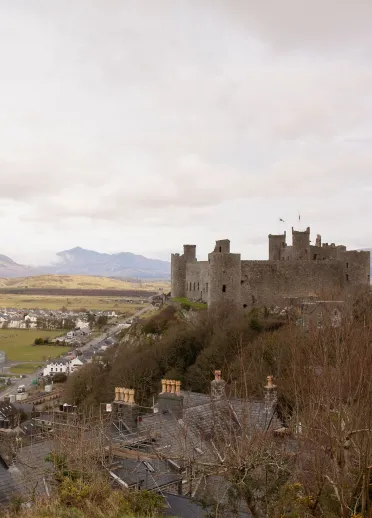
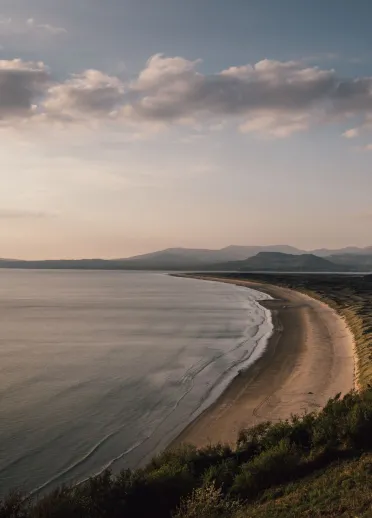
Pen Llŷn helped shape some of fiction’s most famous phenomena. Poet Percy Bysshe Shelley once lived at woodland-encircled Plas Tan yr Allt near Porthmadog, a country house you can still stay at today. Shelley penned epic Queen Mab while here and also (narrowly!) survived an assassination attempt thought to have inspired scenes in his wife Mary Shelley’s better-known work Frankenstein.
Tucked further southwest in the Llŷn’s woodsy foothills is Plas yn Rhiw. The 17th-century manor with its breathtaking landscaped gardens was once the home of RS Thomas, whose evocative Welsh poems on landscape and identity made him one of Wales’ most highly-regarded poets.
It was in the scenic beach village of Llanbedrog, meanwhile, that a holidaying Tolkien developed the infatuation with the lyrical Welsh language he would cite as instrumental in his creation of Elvish language Sindarin.
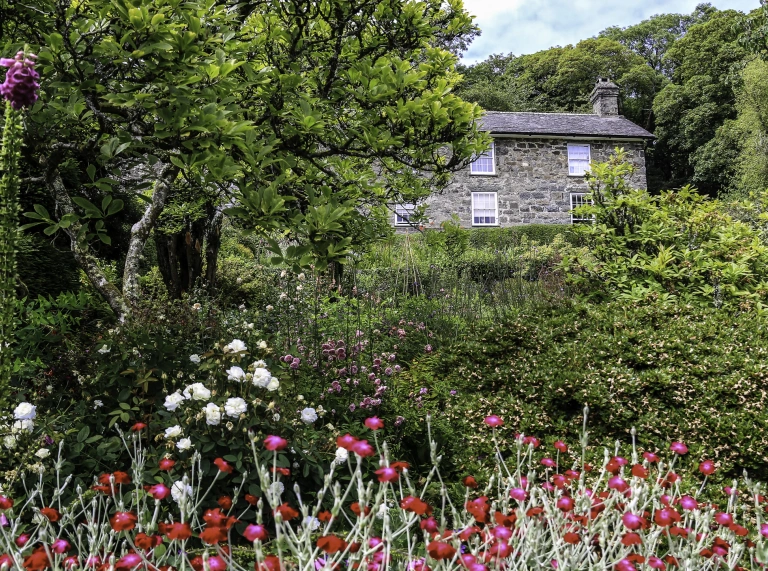
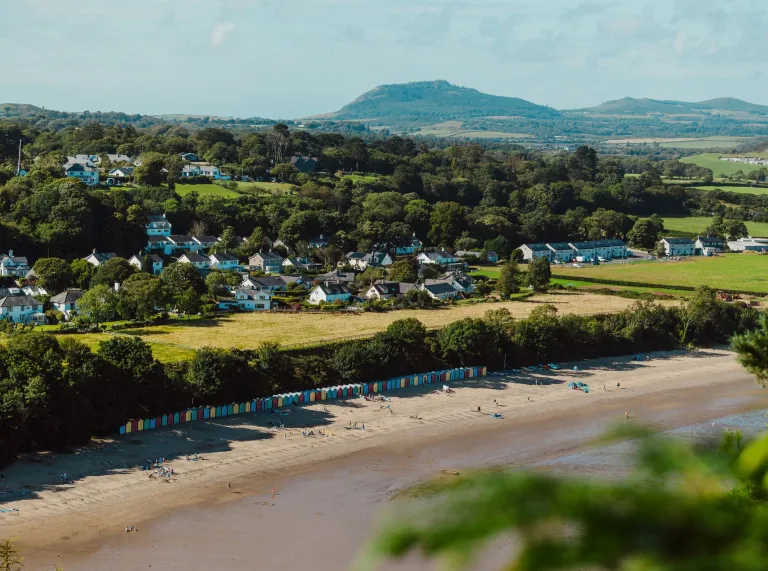
With such landmark literary goings-on, it’s small surprise that the region also boasts inspirational Ty Newydd National Writing Centre, in Llanystwmdwy: stay at this whitewashed, Grade II-listed retreat while taking a course that could help you become Cymru's next big literary talent!
Ceredigion coast: National Library of Wales and the first Eisteddfod
A wander through West Wales has to begin at Aberystwyth, recently named Wales' first City of Literature by the United Nation's organisation, UNESCO.
On a hill above the town is Wales’ biggest book collection, inside the spectacular National Library of Wales, which contains some 6.5 million texts. Many of the most important are on public view. Browse the likes of the Black Book of Carmarthen, the first text written completely in Welsh.
Ceredigion’s bay-indented coast is dotted with dashing fishing harbours including Ceinewydd (New Quay), famous for its dolphin-watching boat trips and as the town upon whose residents Dylan Thomas based many of the larger-than-life characters in Under Milk Wood. Thomas would purportedly sit in the Black Lion Hotel, making notes on intriguing customers coming in.
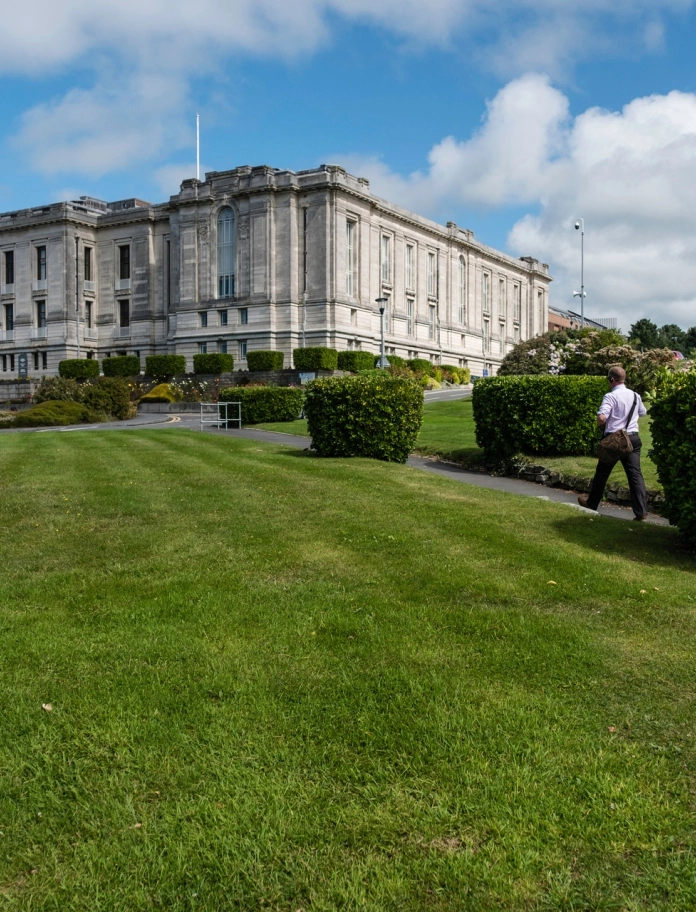
The National Eisteddfod of Wales is an eight-day celebration of the diverse Welsh language and arts from poetry through to singing, drama and dance and more. It's one of Europe’s biggest cultural festivals. But the extravaganza is rooted in a festival first held in 1176 in Cardigan Castle, with competitions for both bards and musicians. Bards were professional poets and an integral part of medieval Welsh court life, championing Wales’ glorious nature (and glories in battle!) and elevating Welsh poetry to become some of the world’s most sophisticated of that era. A castle exhibition reveals everything about the castle’s storied history, and the restaurant, with floor-to-ceiling glass looking out on the ramparts, ranks among Aberteifi's (Cardigan) best!
Dylan Thomas destinations in Abertawe (Swansea) and Talacharn (Laugharne)
Few UK cities evoke a writer’s legacy like Abertawe (Swansea) does Dylan Thomas’. One of the 20th century’s most renowned poets and playwrights, the writer's birth place and childhood home, 5 Cwmdonkin Drive, was in the affluent Uplands area. It’s faithfully laid out as Thomas would have known it, and literary buffs can stay overnight to totally soak up the authorial atmosphere. Thomas was a notorious boozer, and pubs like Uplands Tavern (Uplands Crescent) and No Sign Bar (Wind Street) were well-known hangouts of his, the latter inspiring short story The Followers.
Meanwhile the Dylan Thomas Centre, featuring a display on Thomas’ life and work, is a feature in Abertawe’s vibrant Maritime Quarter.
Thomas also loved the nearby sand-rimmed Penrhyn Gŵyr (the Gower Peninsula). Here, on craggy tidal headland Pen Pyrod (Worm’s Head), he once got stranded, writing about the experience in Who Do You Wish Was With Us? The Old Rectory cottage standing alone along captivating close-by Rhosili Bay was considered by Thomas as a place to relocate: it was only supposedly the distance to the nearest pub that deterred him!
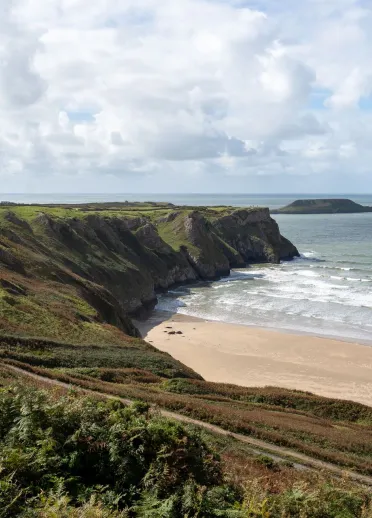
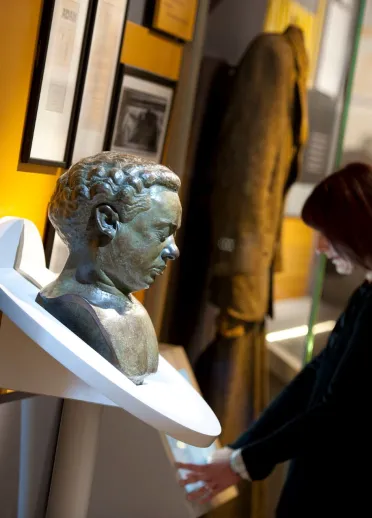
The writer moved to the estuary town of Talacharn, in Carmarthenshire, for the final years of his life: residing at Dylan Thomas Boathouse, picturesquely perched at the water’s edge, and regularly drinking at Brown’s, today a boutique hotel and restaurant. You can tread in Thomas’ footsteps on the Dylan Thomas Birthday Walk through the woods and coast he immortalised in his Poem in October. Thomas was not the only writer drawn to Talacharn: Kingsley Amis and Mary Shelley also lived here.
South Wales: Roald Dahl’s Caerdydd (Cardiff) connections
Children’s literature would have been radically different without Roald Dahl, and therefore without Caerdydd, either – where the writer spent his formative years. The most evocative sight to see is Bae Caerdydd's (Cardiff Bay) Norwegian Church Arts Centre, the delightful, wooden 1867-built church where he was christened, and the enormous smiling crocodile sculpture nearby. Follow the trail of places in Wales that inspired Roald Dahl.
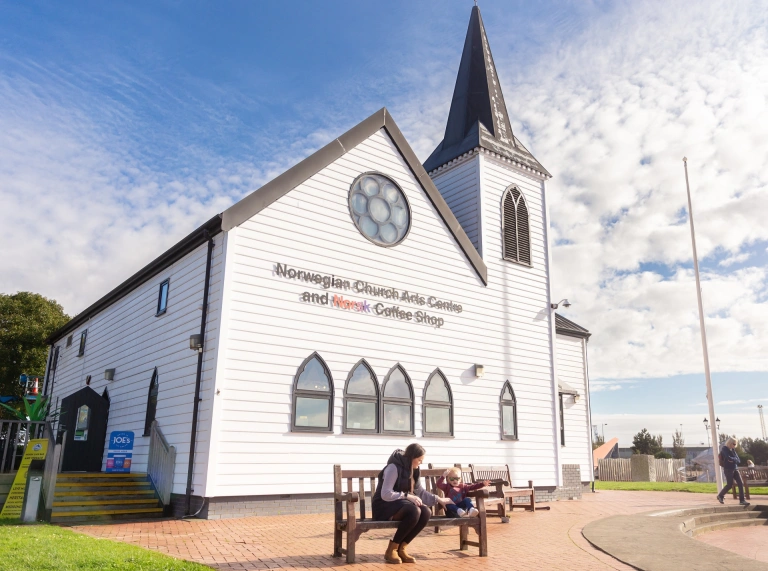
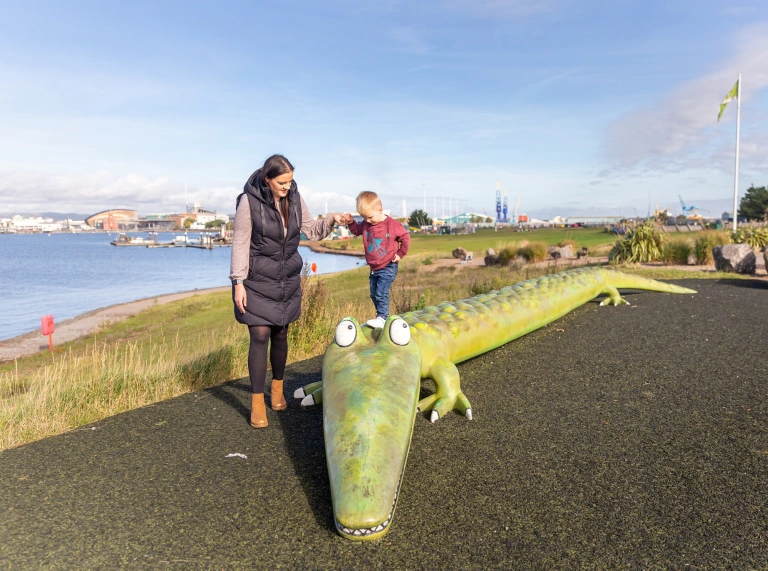
The Black Mountains: Hay Festival and the original Hobbit home
The Black Mountains, easternmost of the mountains in Bannau Brycheiniog National Park, are entrenched in rich literary history. Y Gelli Gandryll (Hay-on-Wye) is the best base for gallivanting bibliophiles: the UK’s foremost book town hosts over 20 bookshops and annual world-renowned literary extravaganza the Hay Festival.
To the south, the green, rolling landscape around Crucywel (Crickhowell) is classic Tolkien country and the original muse for Middle Earth’s Shire: Hobbit settlement Crickhollow was inspired by idyllic human-occupied village Crucywel!
